
The Keenan Building, designed by Thomas Hannah for the Colonel Keenan who had built the Press into the city’s leading newspaper, was elaborately decorated. Although the shaft was modernized somewhat half a century ago, most of the decorations remain, and among them we find portraits in terra cotta of people who were considered important to Pittsburgh when the building was erected in 1907.

William Penn, the Proprietor, who gave Pennsylvania a republican form of government.

William Pitt, friend of the Colonies, for whom Pittsburgh was named.

George Washington, Father of His Country.

Stephen Foster, at the time Pittsburgh’s most famous composer.

Mary Schenley, who owned half the city and donated Schenley Park.

Andrew Carnegie, who was a big deal.

Theodore Roosevelt, President of the United States.

Edwin Stuart, Governor of Pennsylvania.

George Guthrie, Mayor of Pittsburgh.

There are faces on the second floor as well, but they are identical decorative faces.
Comments


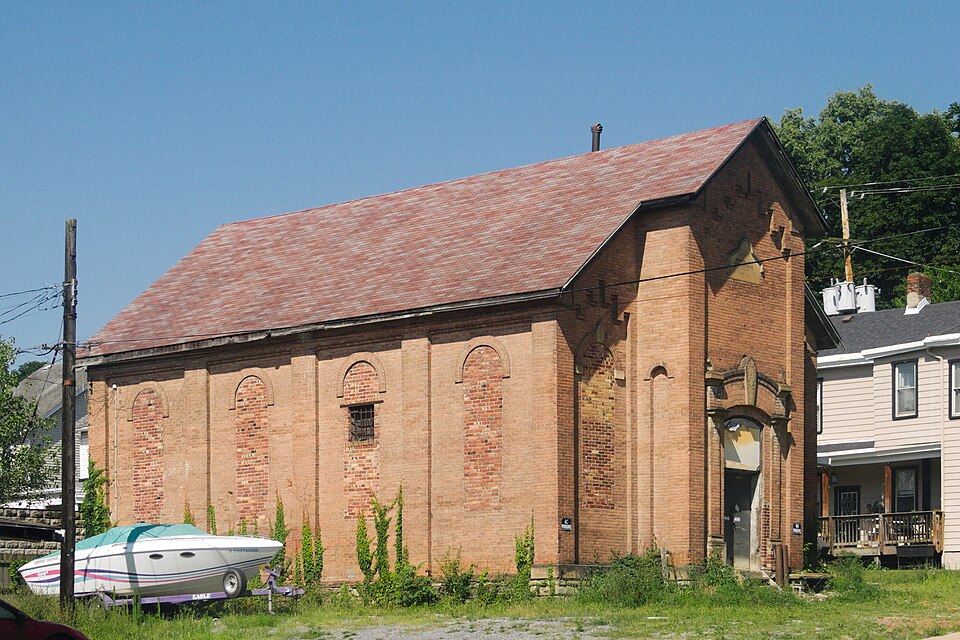
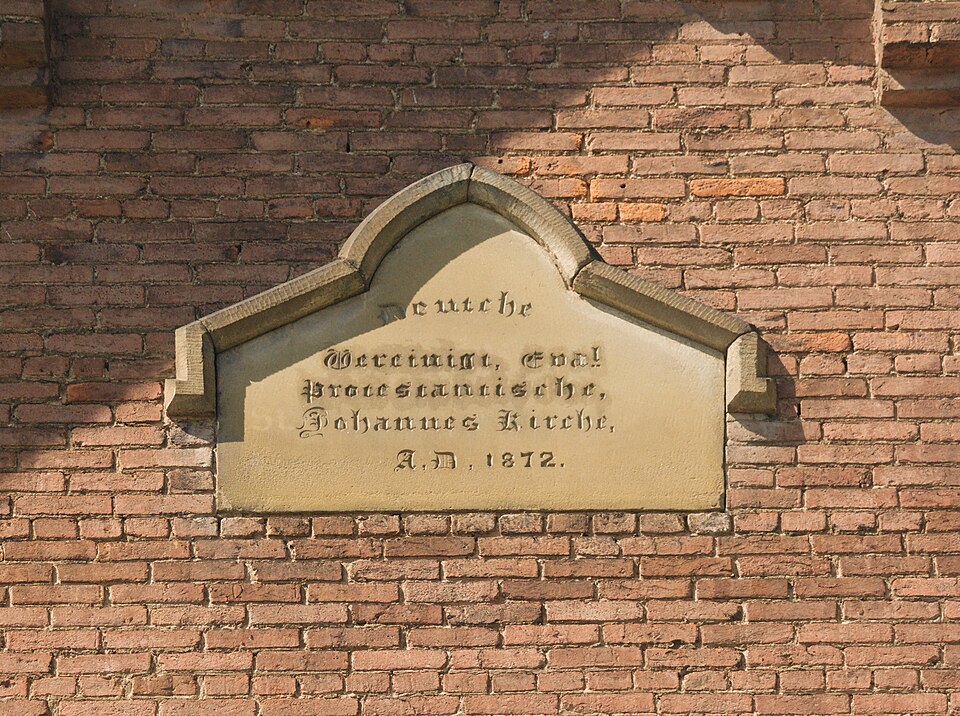
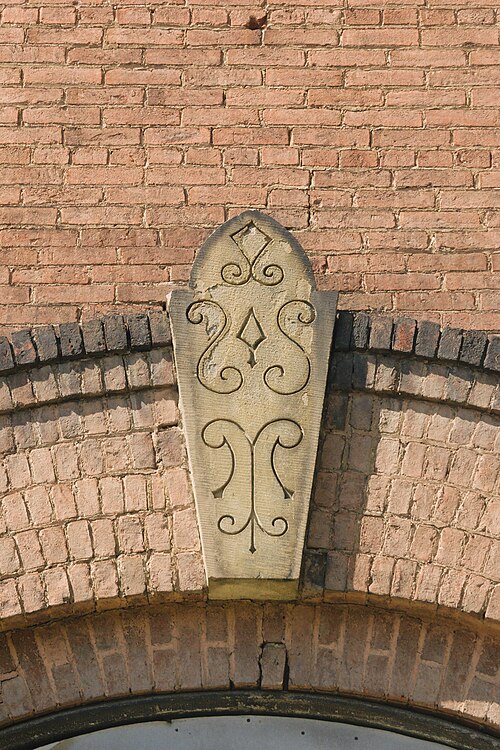

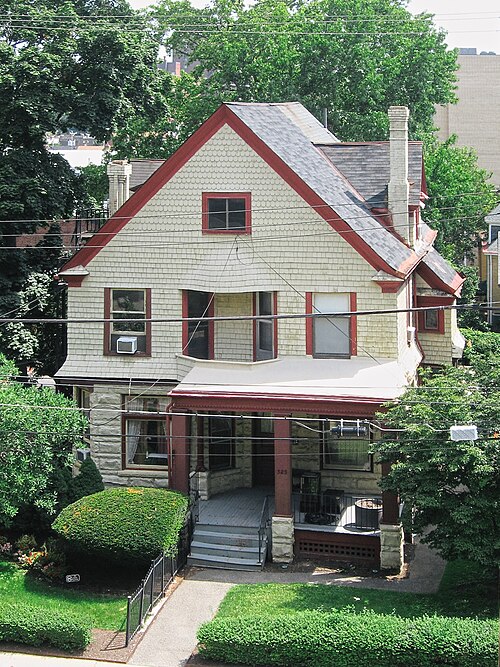
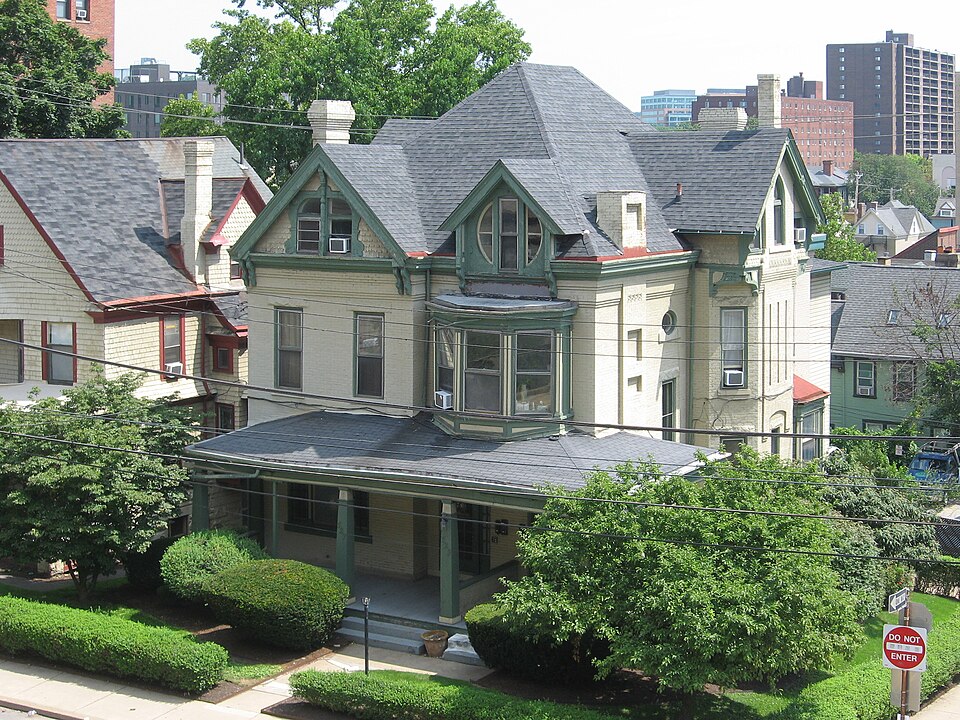
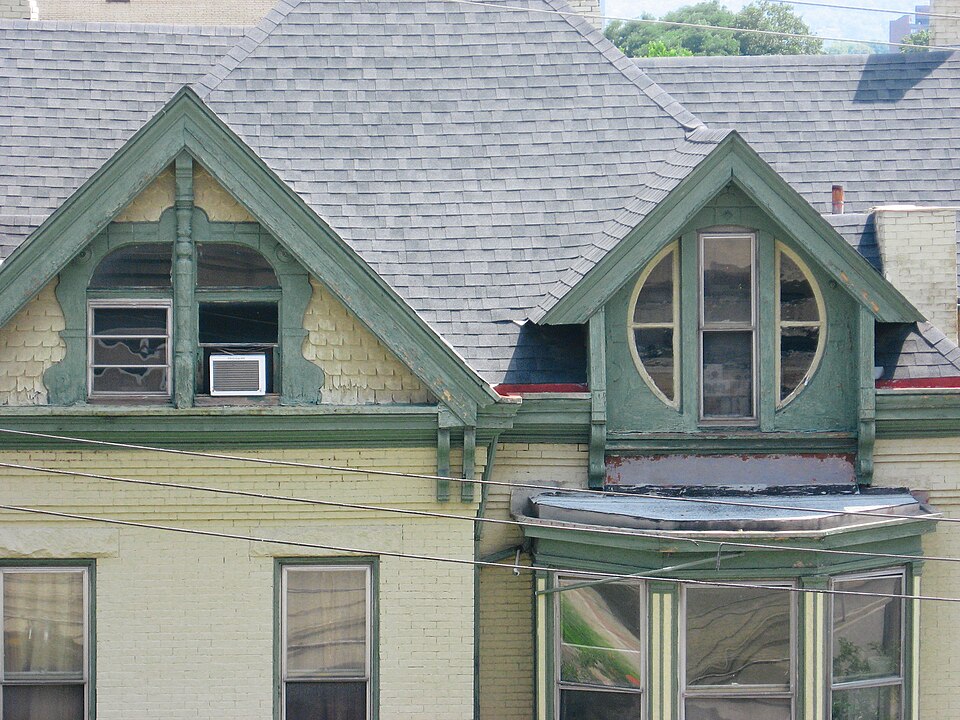
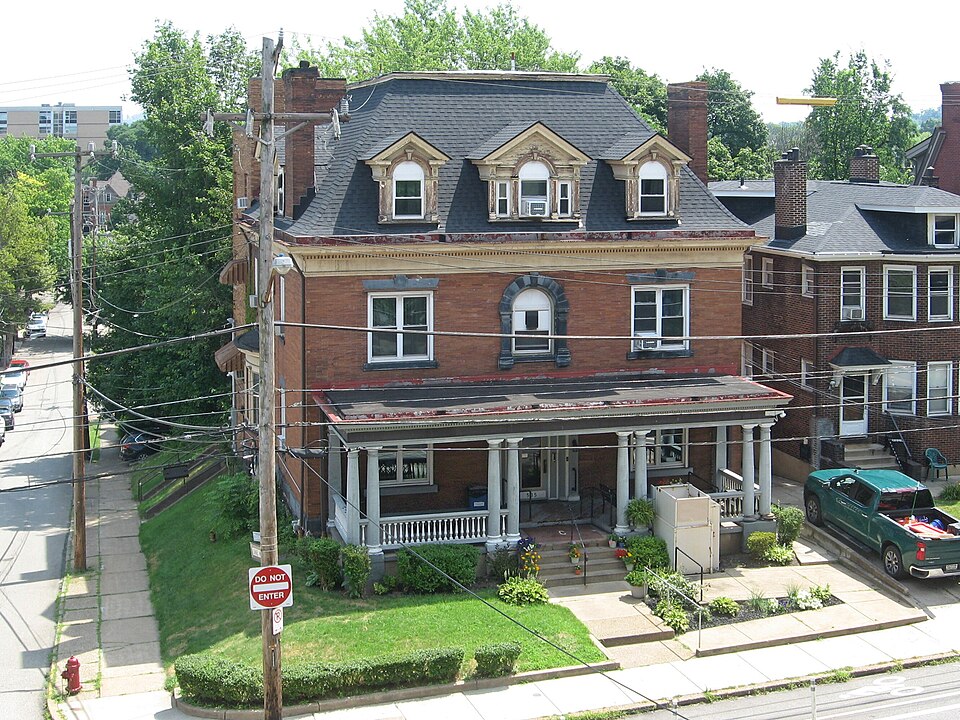
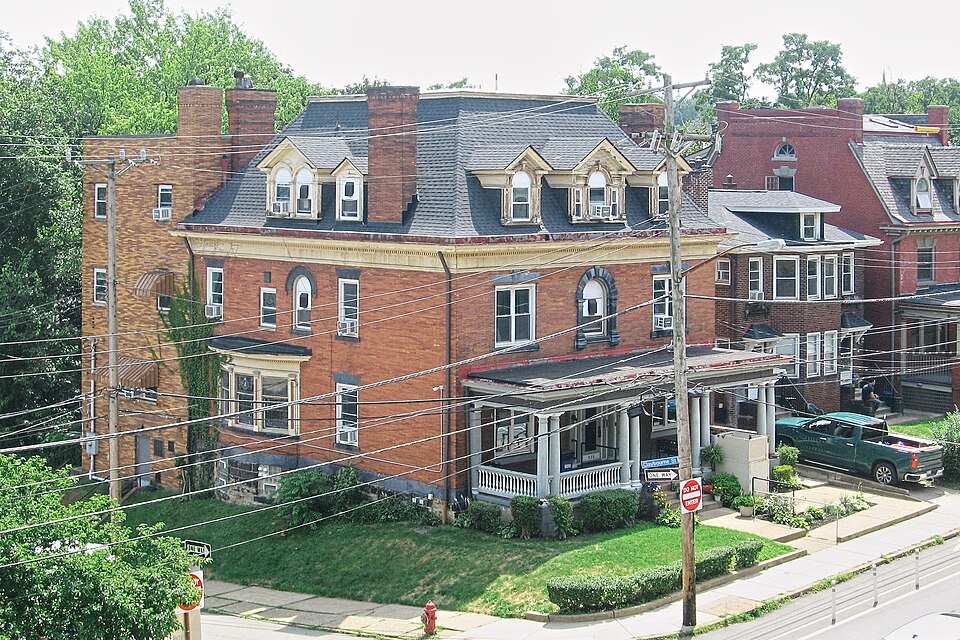
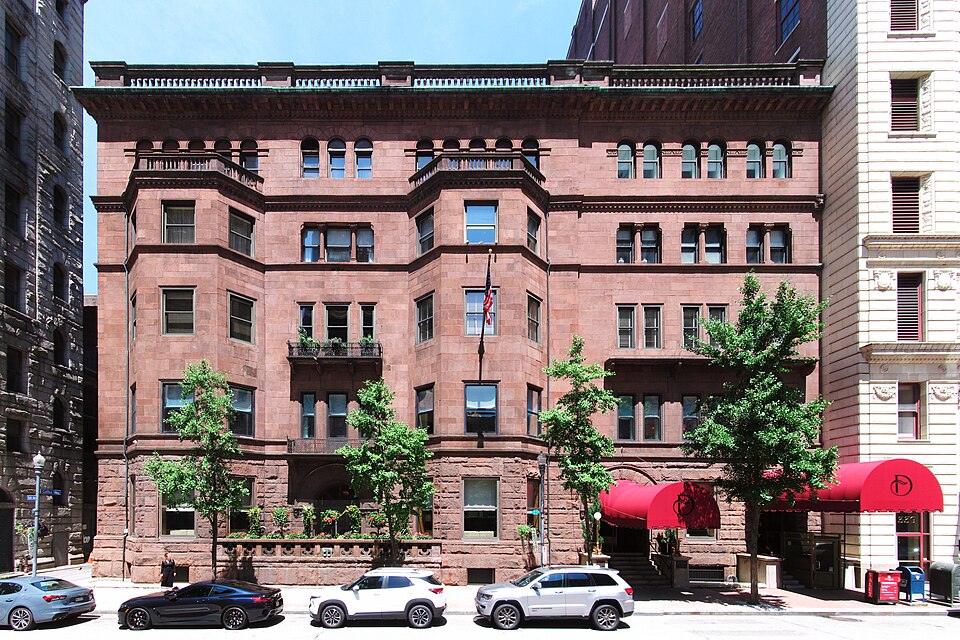
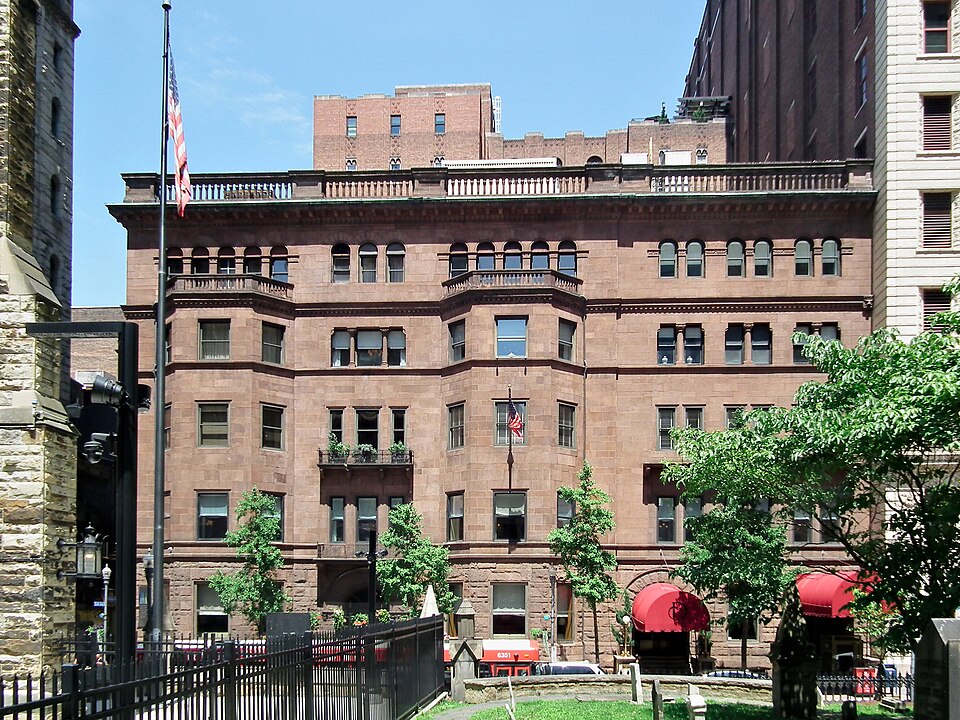
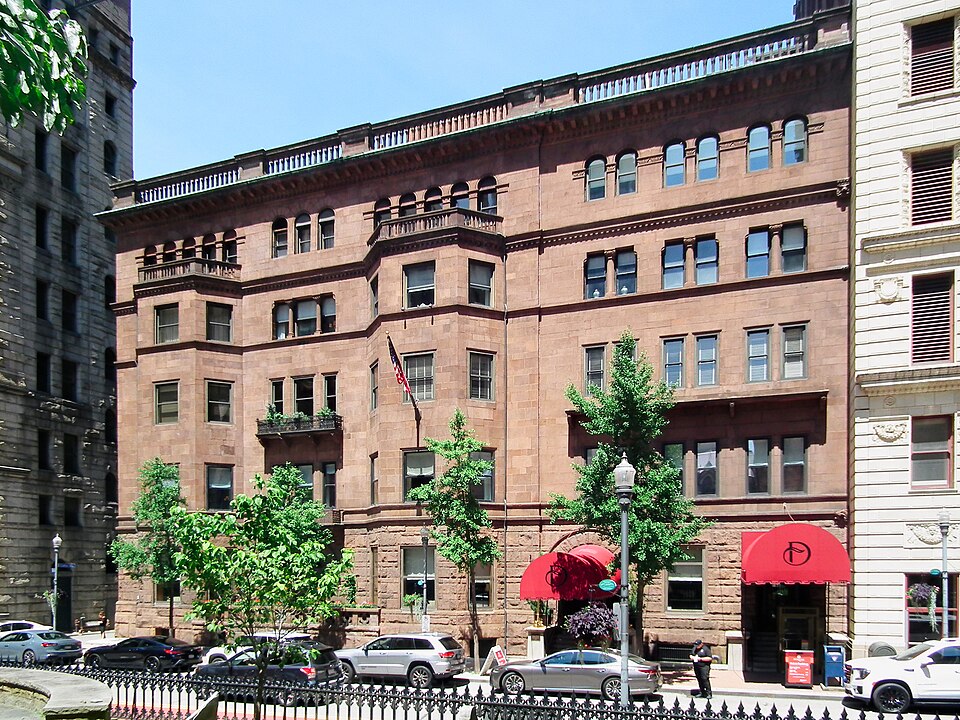
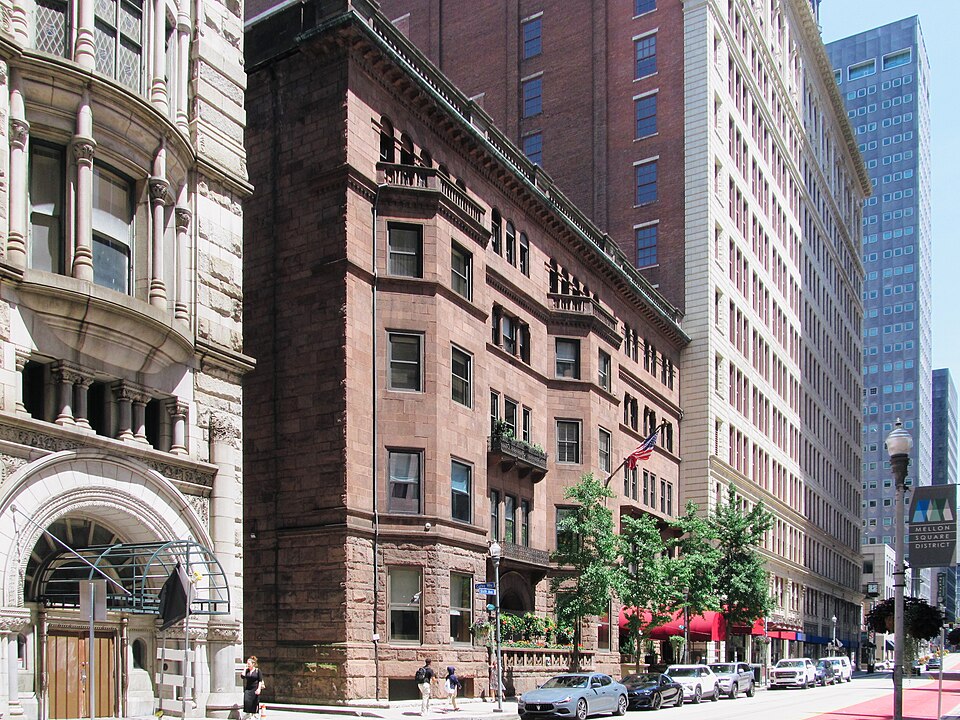




















2 responses